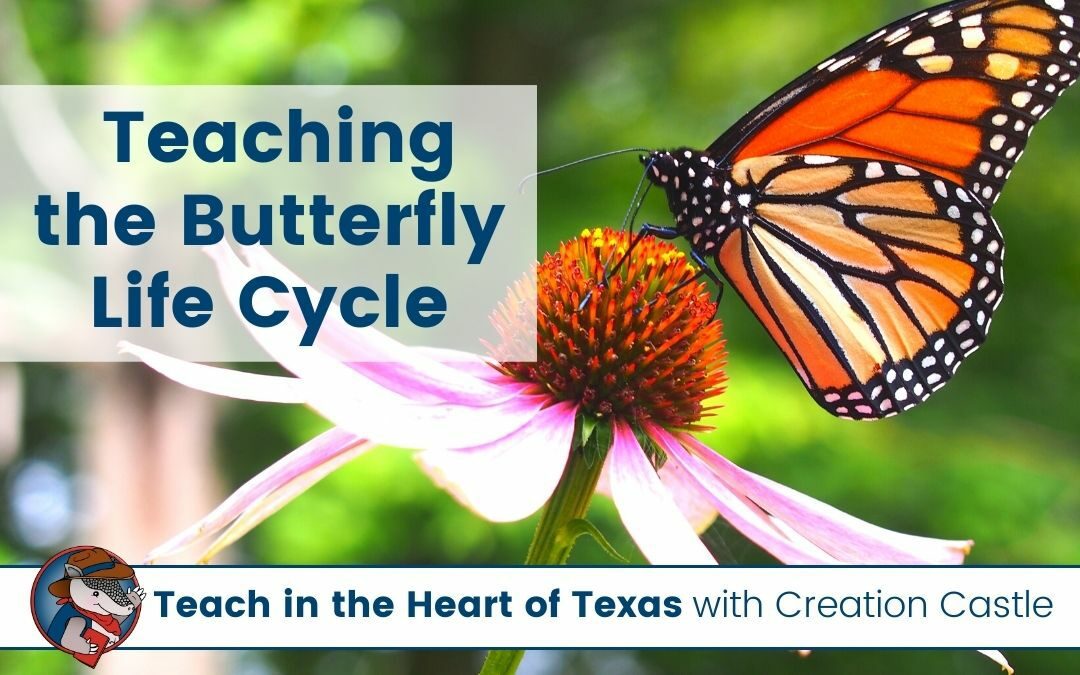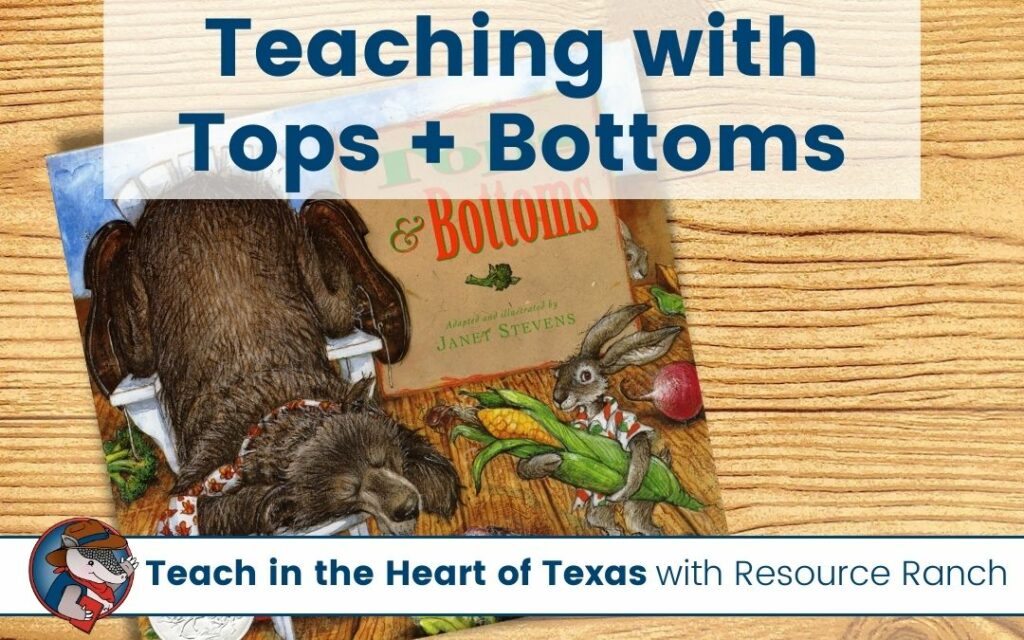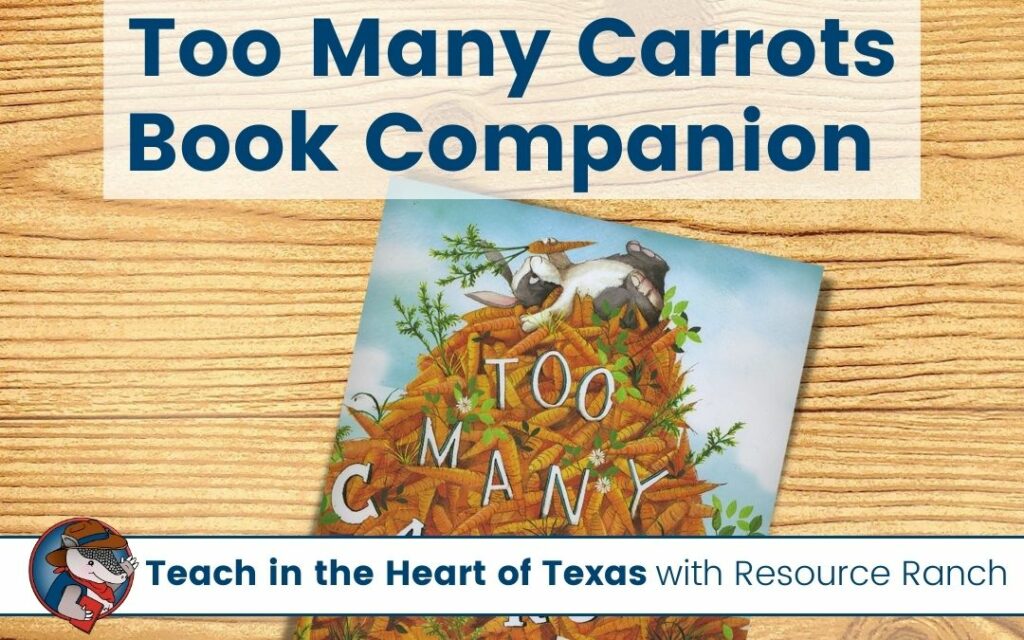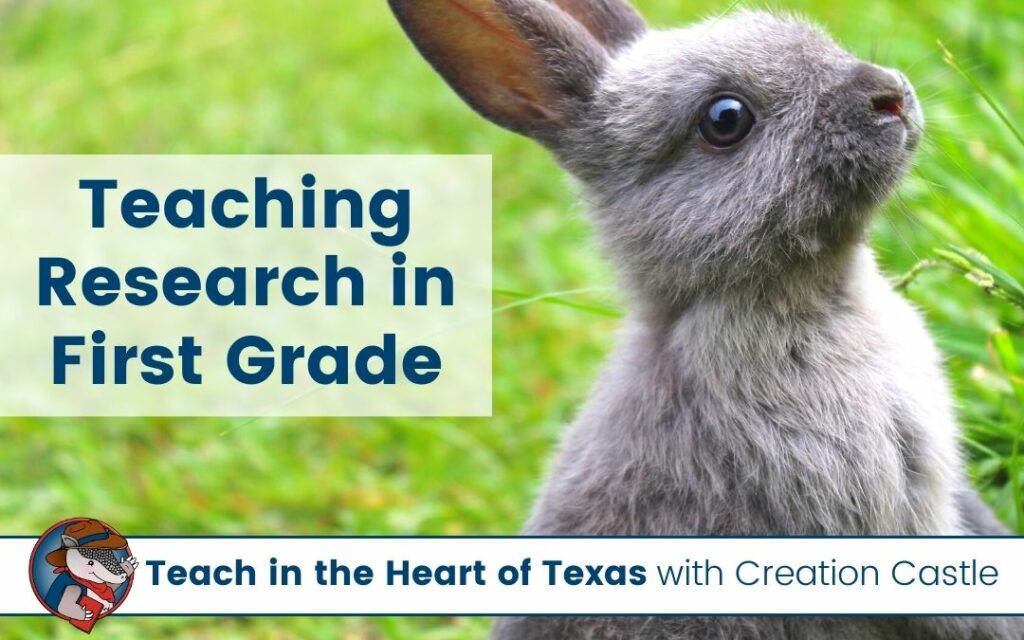Teaching the butterfly life cycle is a fun and creative way to get young learners excited about science. The butterfly life cycle is a clear example of the process of metamorphosis. It can help students understand how some living things grow and change.
Quick Links
Hands-on Activities
One of the most effective ways to teach life cycles to younger students is through hands-on activities. A simple activity your students can complete is arranging pictures of the stages of the life cycle in order. This activity will also help students explore the physical changes that occur throughout the stages of the life cycle.
Real-Life Examples of Life Cycles
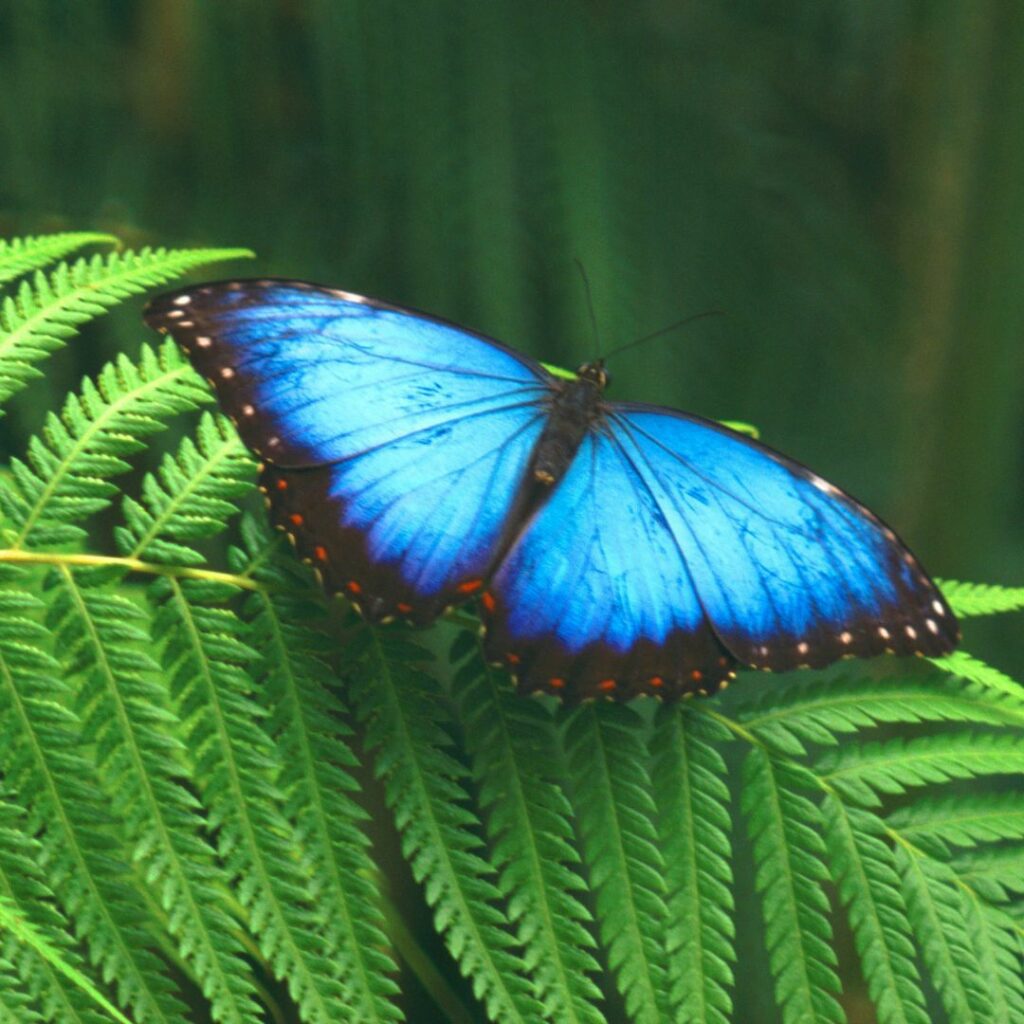
Another effective way to teach the butterfly life cycle is through the use of real-life examples. Try setting up a butterfly garden or habitat in the classroom, where students can observe and learn about butterflies firsthand. This can provide a rich and engaging learning experience, and it can also help foster a love and appreciation for nature. This certainly takes a lot of commitment and would need to be approved by your administration.
There are many places you can get the necessary materials for observing the butterfly life cycle in your classroom – even Amazon! There are several kits that you can buy that come with caterpillars, food, and a pop-up habitat.
Worksheets and Print Materials
In addition to these activities, you can also use worksheets, printable readers, reading comprehension passages, and other print materials to teach the butterfly life cycle. These can provide a more structured learning experience and help children practice their knowledge of the butterfly life cycle. Worksheets will provide you with a better sense of how well your students understand the concept of life cycles.
Additional Butterfly Life Cycle Activities
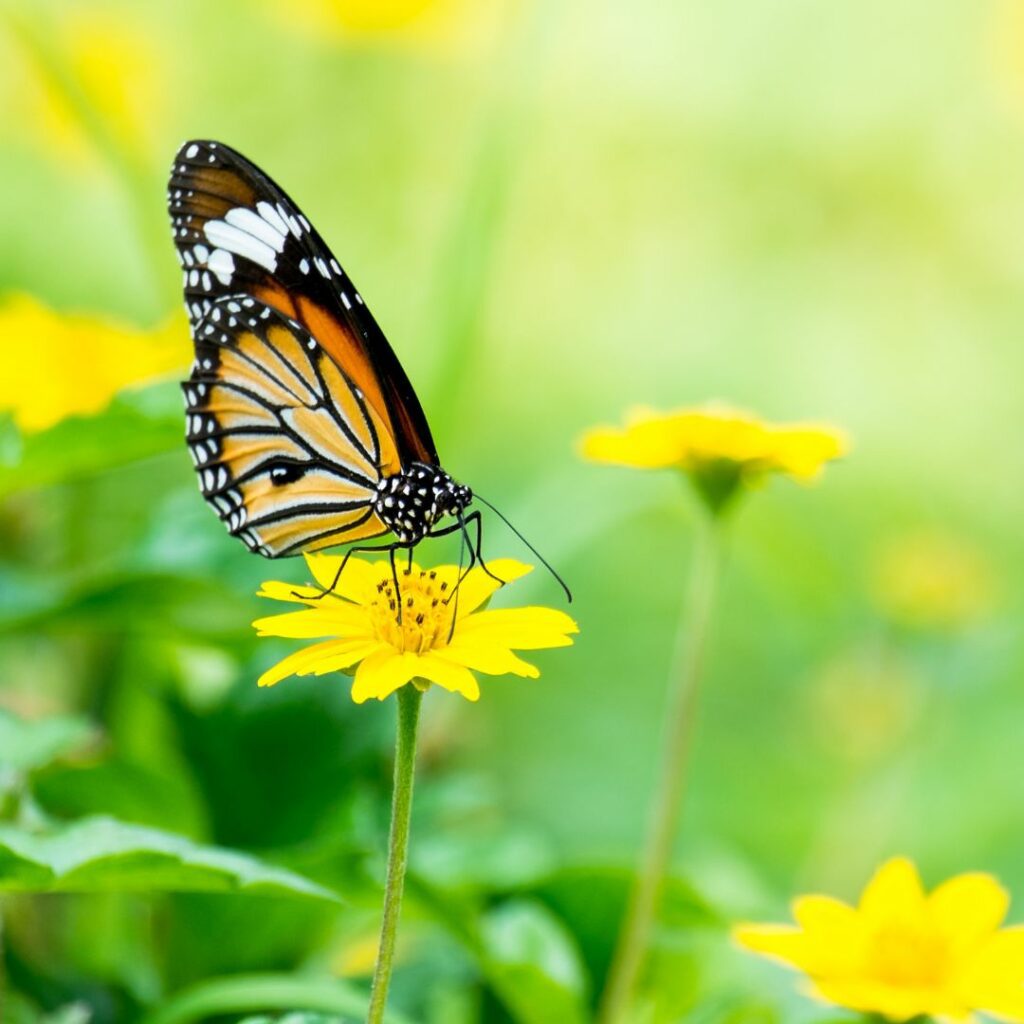
Here are some other tips to help you teach the stages of a butterfly life cycle to your class:
- Reading some books about butterflies is an excellent way to introduce the topic. Ask questions along the way to make sure your students are understanding the story and be sure to point out different changes the caterpillar goes through to become a butterfly.
- Science topics like this are best learned with visuals! Show your students pictures or videos of the various stages of the butterfly life cycle. This will help them visualize what’s happening and they can connect that with books your read or observations in nature.
- After students have worked with the life cycle for a bit, have them create their own butterfly life cycle books. They can draw pictures or cut out images of the four stages of the butterfly’s life.
If your students are struggling with this concept, consider teaching a song or chant about the butterfly life cycle. This might help students remember the order of the stages more easily.
If you want to channel your inner Ms. Frizzle, you can have your students dress up as butterflies or have them make their own butterfly art projects!
You can easily make learning the butterfly life cycle fun and engaging for your students. Try including a variety of hands-on activities, real-life examples, and worksheets.
Are you looking to teach a variety of life cycles to your students this year? We’ve got more info for you about several other life cycles. Check out our posts on the frog life cycle, chicken life cycle, or plant life cycle. If you have the time to discuss multiple life cycles, I would highly suggest covering at least one more. Seeing similarities and differences between life cycles can really help students understand the concept.

Creation Castle
Heather is the author of Creation Castle. She has experience with general education, special education, and ESL students in kindergarten through fifth grade. She specializes in early elementary math and literacy, as well as organization.

